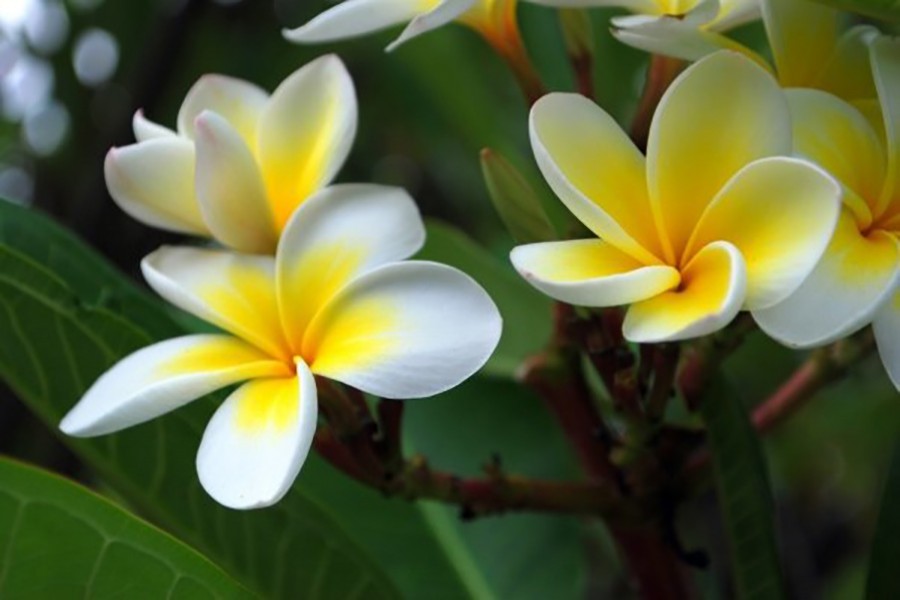
Published :
Updated :

The flower growers and traders of Jashore's Jhikargacha upazila, one of the largest flower markets of the country, are optimistic about a big sale - targeting more than Tk 0.7 billion - in February, Bangladesh Flower Society says.
February, the second month of the calendar year, occupies a special place in the hearts of Bangalis. In this very month in 1952, people laid down their lives demanding the right to speak in their mother tongue - Bangla.
Bangladeshis remember the fallen heroes - some known and many unknown - on February 21 through various programmes. And flowers are an integral part of the events.
Apart from the International Mother Language Day, Bangladeshis also celebrate two other events in February - Pahela Falgun (Feb 13) festival and Valentine's Day (Feb 14), the latter is usually celebrated by the young.
The three events, coming one after another, push up the demands for flowers and their prices.
About 6,000 farmers of Jashore have cultivated flowers on 1,500 hectares. They are now busy with irrigation, using caps on the rose buds, spraying pesticides, weeding, and nurturing flowers.
Farmers from Godkhali, Panisara, Haria, Potuapara, Taora, Matikorma, Baisha, Kaoria villages of the upazila cultivated rose, gerbera, gladiolus, tuberose, marigold, and chrysanthemum.
Rahmat, from Panisara Mathpara, says he cultivated flowers on four bighas.
"We used caps on the rose buds for late blooming to catch the market ahead of the three major events," he says. "I spent Tk 4 on each cap and I hope to sell a rose at Tk 7-8."
Anju Sarkar, a four-time national award recipient from Mulgram village in Keshabpur upazila, says she is expecting to sell flowers worth Tk 0.8 million this month.
The 'Phul Boudi', as she is known in the locality, has cultivated roses of different varieties, marigold, bela (beli), jarbera, gladiolus, tube-rose, and chrysanthemum (chandramallika).
She says she has cultivated flowers on six bighas in Keshabpur and on two bighas in Magura. "The political situation is good this year and I hope the sales will be brisk," she says.
Abdur Rahim, president of Bangladesh Flower Society, says flower cultivation was introduced in the district in 1983 on only 30 decimals of land, reports UNB.
Now a total of 3,500 hectares of land have been brought under flower cultivation. "This district supplies 70 per cent of the total demand for flowers in the country" Rahim says.
Flowers produced in Godkhali are also sold in overseas markets of Malaysia, South Korea, Singapore and the United Arab Emirates, adds Rahim.
"The government should take steps to revive the flower business," he says. "A permanent flower market should be set up in Dhaka to help this business bloom."


 For all latest news, follow The Financial Express Google News channel.
For all latest news, follow The Financial Express Google News channel.